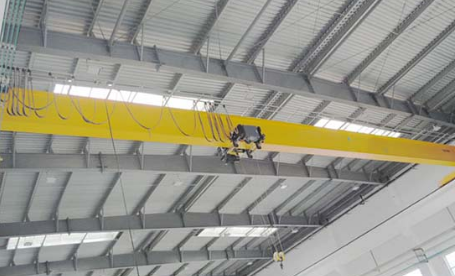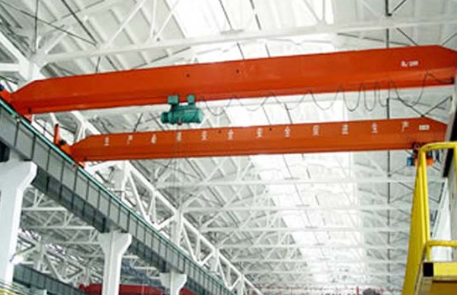Industries that require the use of overhead cranes will have several safety precautions in place. Some of those have to do with the positioning of workers, preventing them from being around the merchandise that is being moved while a crane is in operation. However, there are times when the cranes will need to have humans operating them, specifically down by the loads that will be lifted. Someone has to attach the hook from the hoist so that the crane can do its job, as well as move the loads along the trolley. There are some basic hand signals that you can learn in order to make sure that people are on the same page. These are the ones that you will need if you are operating a 1 ton crane.
Basic Hand Signals Overview

Most of these signals are actually very straightforward. Anyone looking at them will likely know exactly what the other person is talking about. You have to think from the perspective of the to people that will be interacting together. There will be one person that is operating the controls of the overhead crane and another person that is connecting or disconnecting the loads from the actual crane. For example, if the hoist is ready, attached by the hook, the person will lift up their hand and make a circular motion. If they want to lower or raise the hoist, they will simply point in those directions. There are several that are not as easy to follow such as an emergency stop where both hands are out to the sides. If there is a trolley attached to the overhead hoist, by pointing in the direction that the load should go, the operator will clearly see what to do. Check on http://topoverheadcranemanufacturer.com/.
More Difficult Hand Signals That Should Be Known

Some of the more difficult ones include those that are referencing what the hoist is doing. For example, if it is not completely still, it’s hard to sometimes attach it to the load that needs to move. There is a signal which will be the person by the hoist sticking out their hand perpendicular to the floor. This means that the hoist is swinging. Additionally, there are other hand signals such as how to move slowly, stop, or raise and lower the boom, something that can also be used with a overhead crane.
All of the people that will be working on this type of project, specifically those that are going to be in charge of moving cargo need to know this information. It could be the difference between life and death when someone is able to see someone signaling for an emergency stop, and that will allow the operator to quickly stop the hoist, trolley, or any other moving parts on the overhead crane which could help save someone from significant injuries. These simple tips should help people that are operating this equipment stay as safe as possible. It is simply common sense to learn these basic hand signals when you are using a 1 ton overhead crane or even something larger. Get on https://topoverheadcranemanufacturer.com/1-ton-overhead-crane/.